Mitigation of risk of bird strike in aviation
Bird strikes on aircraft pose a real safety threat for both military and civil aviation. Depending on specific circumstances such as the speed of the aircraft, the point of impact, the mass of the bird, the number of birds and the type of aircraft, bird strikes can result in devastating accidents.
FlySafe aims at improving and harmonising national bird-warning systems into an extended and standardized System of Systems (SoS) to improve flight safety in northwest Europe for military Air Force operations.


